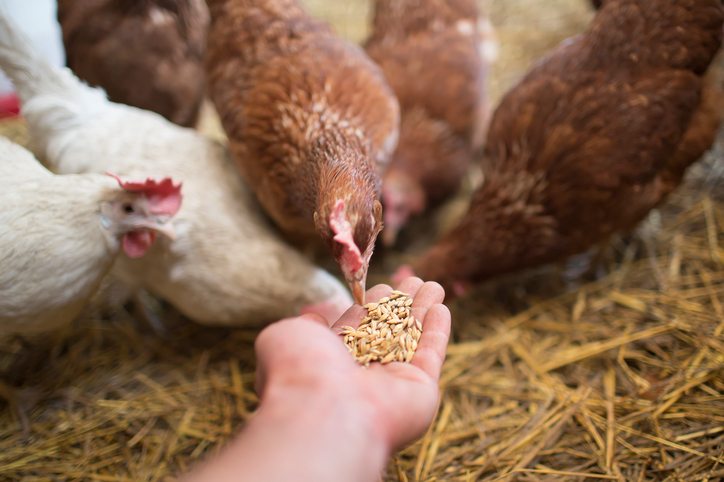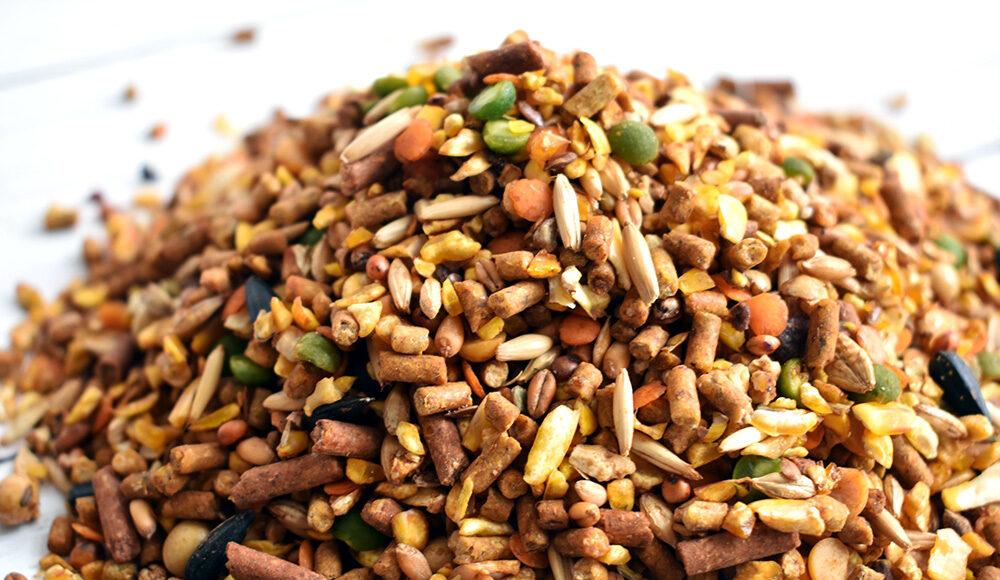Poultry enthusiasts all around the world often wonder: how long is chicken feed good for? The lifespan of chicken feed is a significant topic for anyone dedicated to poultry care. Ensuring your chickens receive the best possible nutrition is key to their health and productivity. With modern technology approved methods and tips, your feed can stay fresh and nourishing for a long time.

Understanding Chicken Feed Components
Chicken feed is composed of various ingredients, including grains, proteins, vitamins, and minerals. The shelf life of chicken feed heavily depends on these components and the conditions under which it is stored.
Types of Chicken Feed
There are various types of chicken feed available, such as:
- Starter feed
- Grower feed
- Layer feed
- Finisher feed
Each type has its own storage requirements and shelf life. Learning about these types can help you make better decisions and prolong the lifespan of your feed.

Factors Influencing the Shelf Life of Chicken Feed
Several factors come into play when determining how long your chicken feed will remain fresh and beneficial:
Storage Temperature
Keeping feed at a consistent, cool temperature is essential. Heat can drastically reduce the shelf life of chicken feed by causing the fats and oils to go rancid.
Moisture Levels
Moisture is one of the biggest enemies of feed storage. Excessive moisture can lead to mold growth and spoilage. It’s important to store feed in a dry place and use airtight containers to limit exposure to humidity.

Proper Storage Solutions
Using proper storage solutions can greatly enhance the shelf life of chicken feed:
Airtight Containers
Utilizing airtight containers helps keep out moisture and pests. Metal or heavy-duty plastic bins are often recommended for this purpose.
Cool and Dry Locations
Storing feed in a cool, dry place like a shed or barn can help maintain its quality. Ensure that the area is well-ventilated to prevent condensation.

Signs Your Chicken Feed Has Gone Bad
Even with the best storage practices, feed can sometimes go bad. Here are some signs to look out for:
- Moldy or discolored feed
- Foul odor
- Clumping or caking
- Pests or insects present
If you notice any of these signs, it’s time to discard the feed to avoid potential health issues for your chickens.
Tips for Extending the Shelf Life of Chicken Feed
Here are some practical tips to help extend the shelf life of your chicken feed:
- Buy feed in smaller quantities to ensure it is used up quickly.
- Rotate your stock by using the oldest feed first (first in, first out method).
- Regularly clean your storage containers to prevent contamination.
Frequently Asked Questions (FAQ)
How do I know if my chicken feed is still good?
Look for signs such as mold, foul odor, or clumping. These indicate the feed has gone bad and should be discarded.
Can bad feed harm my chickens?
Yes, feeding spoiled or moldy feed to chickens can cause health problems, including respiratory issues and poor egg production.
How should I store my chicken feed?
Store feed in airtight containers, in a cool and dry place, away from direct sunlight and moisture.
For more tips on choosing the best chicken breeds for your needs, visit breed versions, jumbo eggs, and tasting breed. For detailed information about various chicken breeds, you can also explore the official breed directory.
As an Amazon Associate, I earn from qualifying purchases.








